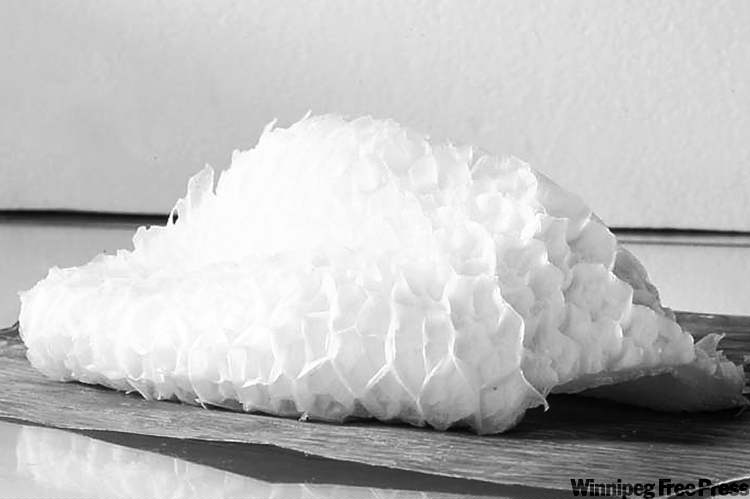Mystery ingredient
Advertisement
Read this article for free:
or
Already have an account? Log in here »
To continue reading, please subscribe:
Monthly Digital Subscription
$1 per week for 24 weeks*
- Enjoy unlimited reading on winnipegfreepress.com
- Read the E-Edition, our digital replica newspaper
- Access News Break, our award-winning app
- Play interactive puzzles
*Billed as $4.00 plus GST every four weeks. After 24 weeks, price increases to the regular rate of $19.00 plus GST every four weeks. Offer available to new and qualified returning subscribers only. Cancel any time.
Monthly Digital Subscription
$4.75/week*
- Enjoy unlimited reading on winnipegfreepress.com
- Read the E-Edition, our digital replica newspaper
- Access News Break, our award-winning app
- Play interactive puzzles
*Billed as $19 plus GST every four weeks. Cancel any time.
To continue reading, please subscribe:
Add Winnipeg Free Press access to your Brandon Sun subscription for only
$1 for the first 4 weeks*
*$1 will be added to your next bill. After your 4 weeks access is complete your rate will increase by $0.00 a X percent off the regular rate.
Read unlimited articles for free today:
or
Already have an account? Log in here »
Hey there, time traveller!
This article was published 28/05/2011 (5218 days ago), so information in it may no longer be current.
Beef tripe
What is it?

Tripe is the tissue from the stomach — or rather, the four separate stomachs — of cud-chewing animals, or ruminants, usually sheep, oxen or cows. Cuts from the second stomach chamber (the reticulum) are considered the best parts, owing to the meat’s tenderness and the subtlety of its flavors.
Looks like:
The reticulum, the second chamber in the production line that digest’s the cow’s food, has a honeycombed texture and is white, or pale white in colour. Tripe requires scrubbing to render it edible. (Tripe termed “green” is the unwashed tract of the animal’s stomach and is considered unsuitable for human consumption but is popular in the pet food industry.)
Tastes like:
The texture of tripe depends on which stomach is used and how it is prepared. At its best, the offal is gelatinously rich and robust.
Used in:
Tripe is the basis of warming soups in cuisines from Jamaica to Turkey. One of the best-known tripe-based dishes is the French dish called tripes à la mode de Caen. It contains a cut of tripe that has been simmered slowly (for up to 10 hours) with calf’s foot, onions, carrots and cider. In England, honeycomb tripe eaten with a white sauce and onions was once considered a pauper’s meal and is still a nostalgic dish in the north.
Found at:
Lucky Supermarket, 1051 Winnipeg Ave.

